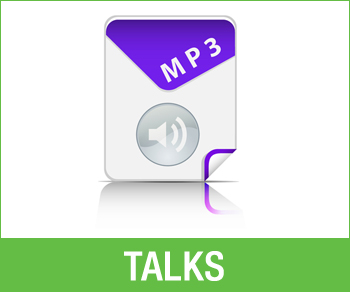CHALLENGING BEHAVIOUR
AND VISUAL COMMUNICATION
Children’s behaviour will often improve when they know what the expectations and boundaries are.
Involve children in setting the boundaries and ‘rules’. Young children like routine, older children like to know what is coming next. One child in twenty has some form of learning disability and most of them benefit from the use of visual symbols as a method of communication. Visual timetables can also be very helpful for poor readers and those with English as a second language.
Boundaries with kids
(Henry Cloud & John Townsend,Zondervan)
2012 conference recommendation by Colin Bennett
To help their children grow into healthy adults, parents need to teach them how to take responsibility for their behaviour, their values, and their lives. The authors of this book bring their biblically based principles to bear on the challenging task of child rearing, showing parents: how to bring control to an out-of-control family life; how to set limits and still be loving parents; how to define legitimate boundaries for the family; how to instil in children a godly character.
The five love languages of children
(Gary Chapman & Ross Campbell, Moody)
2011 conference recommendation by Sharon Prior
Each child expresses and receives love through one of five different communication styles. And your love language may be totally different from that of the child. While you are doing all you can to show love, the child may be hearing it as something completely opposite. Learn what you can do to effectively convey unconditional feelings of respect, affection, and commitment that will resonate in children’s emotions and behaviour.
Visual communication
Creating timetables for your session or group activities using easily recognised symbols can make a big difference to the behaviour of some children – especially those with ASD or ADHD – as they feel more in control and are aware of what will be coming next. You can also use symbols in place of song words and to help children learn Bible verses.
The most commonly used system in UK schools is Widgit Literacy Symbols www.widgit.com. Other systems include PECS www.pecs.org.uk and Makaton (which uses signs and symbols) www.makaton.org. All of these require you to buy expensive software licenses to be able to create resources using their symbols.
You could create your own symbols, but if children are already familiar with a set of symbols at school then drawing something very similar will help them feel more secure. The mentioned web sites show various symbols which will give ideas but ask parents and teachers for more information. Alternatively, suitable pictures can be found in catalogues, magazines, google images and other free image sites or you can take photos which are personal to your own venue and activities.
Managing challenging behaviour
(Jo Squires, 2016 conference)
Why do children display challenging behaviour? How can we manage those being challenging and cope with their behaviour? What do boundaries and discipline look like in a church context?
Delegate rating 9/10








